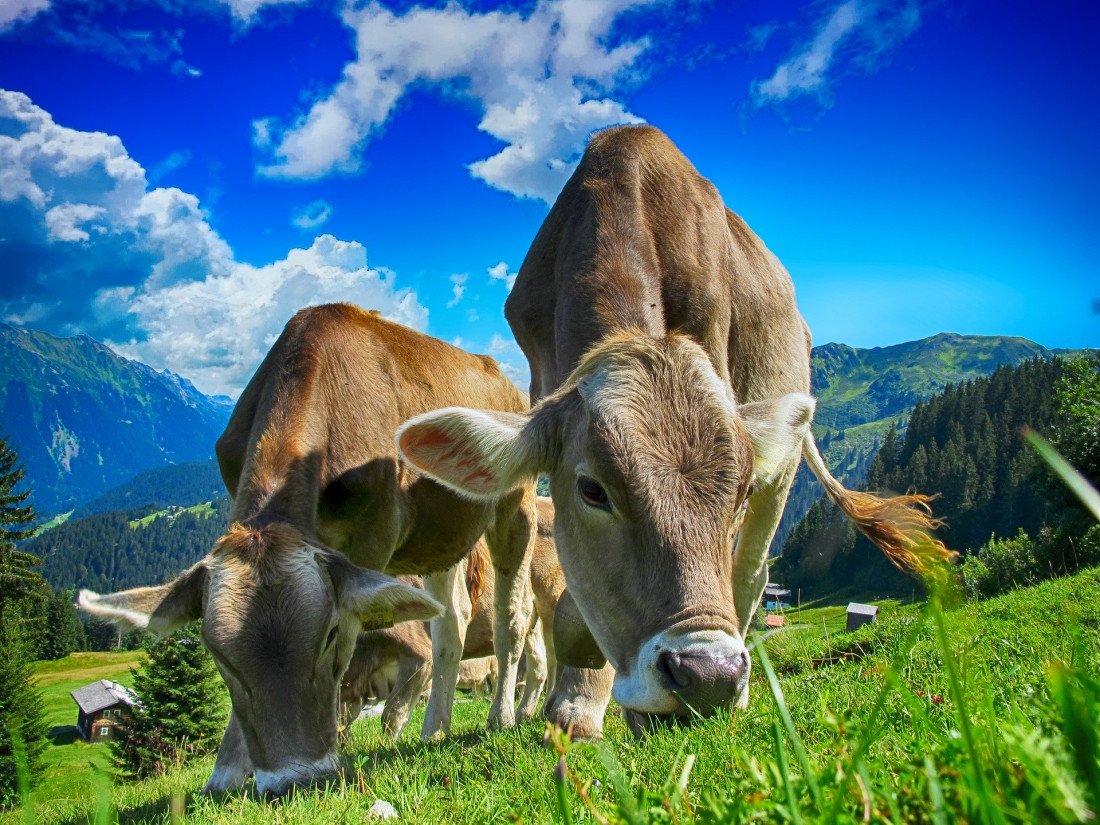In the last few years, the animal feed industry has experienced an amazing period of discovery. Investment in research has been high, governments and international bodies have begun to realise the rising cost (and possible shortage) of food and so have started to step in, animal welfare groups have made great in-roads to improve industry standards, and numerous ground breaking products have been launched. Twenty years ago, the idea of cattle being fed insect meal, or microbial algae pellets would have been seen as pure science fiction, whereas today they are emerging industries.
The need for animal feed innovation was recently summed up by Dejan Miladinovic of the Norwegian University of Life Sciences, who explained the biology behind mankind’s need for improved animal feeds, when he wrote, “Optimally, an adult person needs to consume 60g of protein per day. To feed enough protein to the world’s population by 2050, about 790 million tonnes of protein will be required. This number is 50% more than today’s production. Beef cattle need about 100kg of feed to produce 5kg of body-mass, which could be interpreted as 1.3kg of pure protein.”
By this maths, the optimal protein requirement of a person for 21 days requires 100kg of animal feed.
While the logic in this scenario is rudimentary, the need for the animal feed industry to develop is clear. While non-meat sources of protein are available, the fact remains that our grandchildren’s well-being is dependent on improvements in the way we feed our livestock.
Miladinovic outlined our basic processes of manufacturing animal feed in a recent article for AllAboutFeed, when he said, “Feed raw material sources can be defined through three generations. First generation feed sources are commercially available. However, it is in direct competition with human food supply and depends on vast resources of arable land, irrigation and fertilisers. The second generation is less competitive with human food and not based on arable land and irrigation. Second generation feed sources are based on insects and microbes and its usage is challenging due to getting into new technologies and unknown demand. A third generation of aqua feed source is recapturing nutrients from, for example, dairy and pig farms’ wastewater. Science is already developing technologies that can recover phosphorous and nitrogen from manure. These technologies are economically feasible, however markets are quite immature.”
But while he does note the progress made, and the advancement of ‘immature markets’, he also notes the need to, “start the feed-protein revolution to ensure that the world population will be able to have access to food in the future.”
If his theory is correct, then the animal feed industry has some serious work to do to provide sufficient meat for the world’s growing population. The year 2050 is geologically tomorrow, and although insect feed and high-protein canola meal diets may sound high-spec, in terms of future demand, the animal feed industry is losing ground.
Or is Miladinovic wrong?

